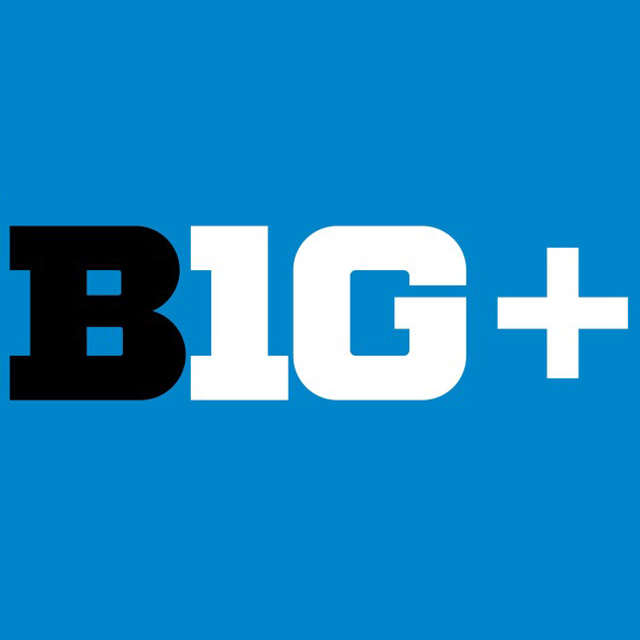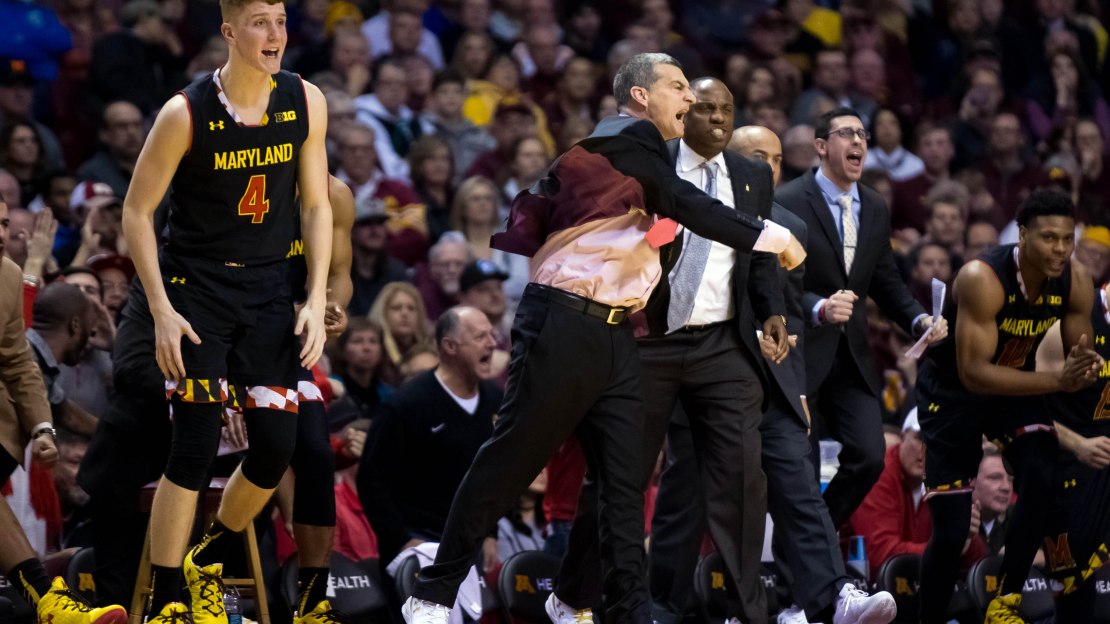Jon Crispin, BTN men's basketball analyst, October 4, 2017
College basketball season is officially upon us. To some, the start of the season came in the form of the FBI's investigation into the numerous improprieties, which will affect the game for years to come. For coaches and players, particularly those in the Big Ten this year, the season started a long time ago. With an early start to conference play this season – Dec. 1, to be exact – let's get ahead of the conversation and think about how this changes the approach, on a day-to-day basis.
[btn-post-package-v2]
My initial thought is that the shift in the start of conference games will put more of a sense of urgency on ALL non-conference games. One of the complaints I've heard in the past is that the non-conference games do not mean anything, and it's simply a waste of time and a risk in regards to player health and safety. While this may be true for fans, and even some broadcasters, coaches and players are learning a lot in non-conference games. Players are working themselves into roles and coaches are learning one of the most important things they need to learn about their players in these non-conference games. They are learning about who they can trust in the games when every possession counts. They're developing a rotation and assessing in-game strengths and weaknesses, but, most importantly, they're testing the leash on certain players, so to speak.
A shortened non-conference schedule puts additional pressure on coaches to figure these things out early. It also may change how much patience they'll have for certain mistakes, which in turn could limit development for certain individuals. If I were a coach, I would focus a lot of my early practices on game-like simulation and in-game situations. Players pick up on things well on the fly and have shown an ability to adapt to the speed and athleticism of the game but have still struggled in the decision-making department. That simply comes with reps, the ability to fail and learn. It's best to do that before you run into Michigan State, Purdue, Northwestern or any other conference foe.
There's no escaping the truth that teams that took overseas trips over summer (incoming freshmen included) to play other high-level competition will benefit greatly from the experience. The process is not just that of developing skills. It all goes to the on-going process of building culture. Culture is one of the most over-used yet undervalued terms in sports. What is vague to some is entirely specific and necessary to me. Culture is not just about individuals believing in a common goal or being tough if you play for Tom Izzo. Culture is the biggest part of your team's identity and one of the toughest things for coaches to control when you bring so many young and talented individuals together in a competitive setting. Culture is the establishment of a leadership structure that is consistent with the messaging from the top. It is accountability among one another. It's not just about what you do, but it is how and why you do it. When motivations are in alignment, a team can truly thrive. This is something I believe so many programs miss out on every year. This will be a challenge for a lot of Big Ten teams with limited time prior to the start of conference play.
We will be discussing the impact of the early start to Big Ten play all season, but the hurdles mentioned above will certainly add a sense of urgency to every preseason practice, non-conference game and in-season practice and film session. I look forward to this on-going conversation. There's much more to discuss.







 WATCH LIVE: Select Spring Football, lacrosse quarterfinals, tennis championships and more.
WATCH LIVE: Select Spring Football, lacrosse quarterfinals, tennis championships and more. 